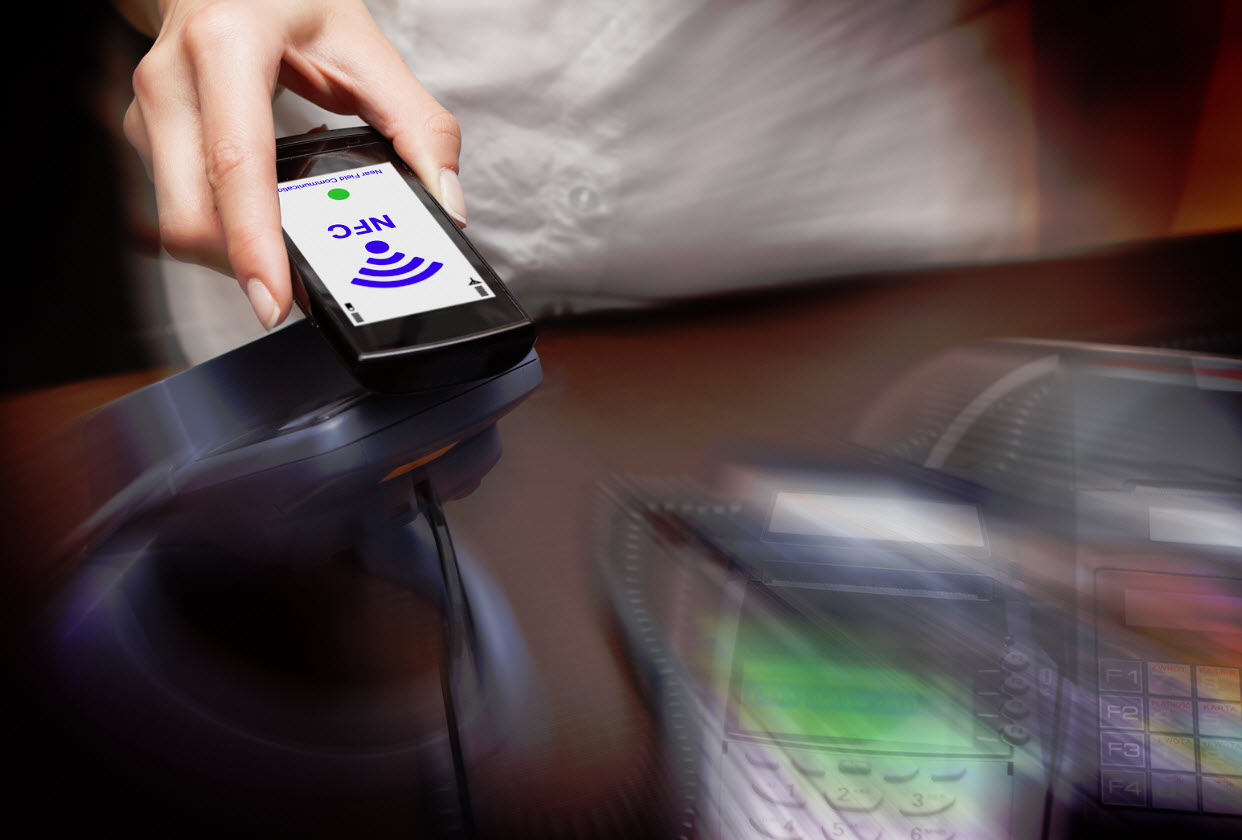A recent study suggests the launch of a new UK payments service has pushed the nation into the top m-payments market spot, worldwide.
After comparing international mobile payments markets, a UK Payments Council research paper claims that the United Kingdom is the m-payments market leader and that the country’s success is related to the P2P Paym service, which was launched this past April by the Payment’s Council.
The report compared the person-to-person (P2P) mobile payment services of several countries.
Aside from the UK, the countries that were studied and compared included the US, Japan, Sweden, India and Kenya. The report compared a variety of aspects, some of which included infrastructure, ownership, the mobile banking experiences of customers, and speed.
 Adrian Kamellard, the Payment Council’s chief executive said about the report that “Looking round the world makes it clear that Paym is a world leading service, even when compared with trailblazers such as M-Pesa in Africa. The UK payments industry’s collaborative model of change, which builds upon our existing world class real-time payments infrastructure has delivered real benefits for customers.” Kamellard added that unlike other parts of the world, Paym is a free service for customers “at the point of use.”
Adrian Kamellard, the Payment Council’s chief executive said about the report that “Looking round the world makes it clear that Paym is a world leading service, even when compared with trailblazers such as M-Pesa in Africa. The UK payments industry’s collaborative model of change, which builds upon our existing world class real-time payments infrastructure has delivered real benefits for customers.” Kamellard added that unlike other parts of the world, Paym is a free service for customers “at the point of use.”
He went on to say that mobile technology has altered human behavior around the world and that this has transformed the way that people carry out many of their important daily tasks. He added that it is interesting to observe how technological, cultural and local regulatory differences affect how a new mobile payments solution is applied.
Paym is the only mobile payments service in the world that is industry-wide to use P2P.
In addition to this finding, the Payment’s Council report also claimed it found that the US and Japan are behind Sweden and the UK when it comes to delivering P2P m-payment services. It also said that it is a struggle for India to make its service as universal is it is in Sweden and the UK due to the country’s geographic and demographic disparity. In addition, it noted that Kenya’s M-Pesa mobile payments service has increased the nation’s inclusion and financial capability, which previously had an infrastructure lacking in payments and banking.


